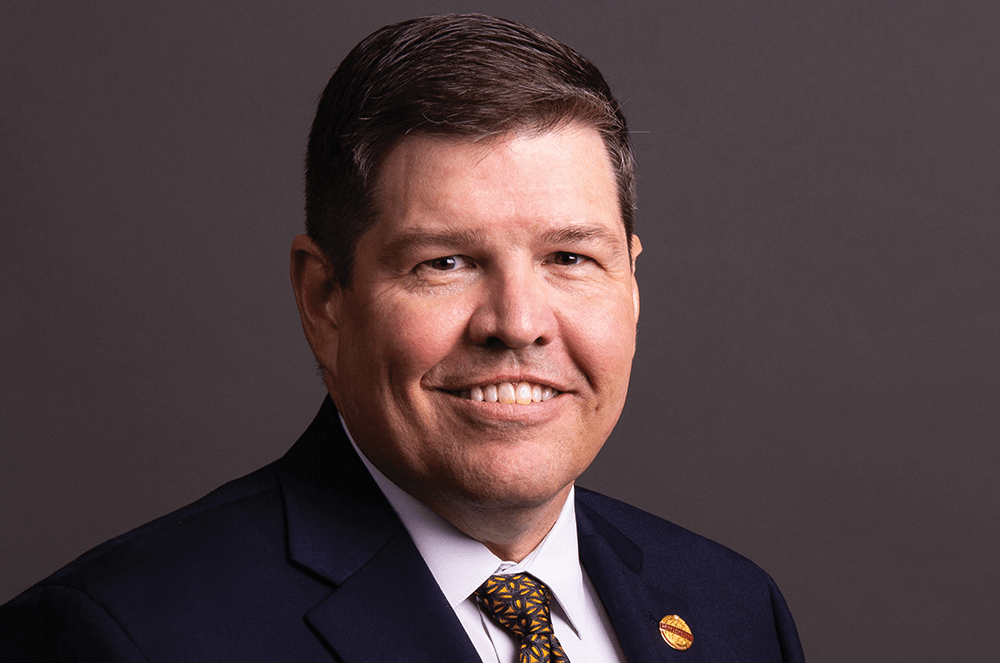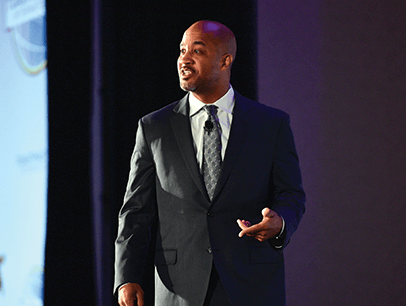
By far, the most significant speaking lesson I have ever learned came from the Toastmasters 1991 Golden Gavel recipient, Bill Gove—the father of professional speaking—who said, “make a point, tell a story.”
The “point” is the message that you want to get across: the life lesson, the wisdom you learned, the knowledge you want to impart. The story illustrates that point. I have had people come up to me long after a speech and tell me they remember the story I told. They may have forgotten the point, yet the story is retained.
What makes a good story for a speech? The most important element is that it should be your story. There are many books about famous people and the lessons they learned. Those lessons are important. But your audience will want to hear something new: your story. Take a step out and share your life lessons, your experiences, because that is what being vulnerable as a speaker is about. Connecting with other people means telling your story and touching the hearts and minds of those in the audience. Your story matters.
The second part of a good speech is the 3 C’s: character, contrast, and conflict.
First, your story needs characters. If it’s your story, you are one of those characters. Often there are other characters around you, even if it’s just a voice in the back of your head reminding you of a lesson that you learned long ago. Good stories need characters.
Connecting with other people means telling your story and touching the hearts and minds of those in the audience.
The second thing is contrast. The audience needs to be able to tell the difference between the characters. If one person speaks quickly, another person should speak slower. If one person has a low voice, another person might need a higher voice so the audience can differentiate between the characters.
The third component is conflict. I remember going to my speaking coach at one point and sharing this beautiful story about meeting my wife, falling in love, and getting married. I told this wonderful story that touched my heart and he looked at me and said, “So what? You met. You fell in love. You got married. I’m not going to the movie theater to see that story on the screen.” There needs to be conflict, there needs to be doubt. There needs to be an issue that must be resolved because the power in the story is in the resolution of that conflict.
The lesson I learned is to tell your story with characters, with contrast, and with conflict. Share your story—the world needs to hear it!
Matt Kinsey, DTM
International President

Matt Kinsey, DTM is the 2022—2023 International President of Toastmasters International. Learn more about him on the Board of Directors page.
Related Articles

Communication
Using Stories to Breathe Life into Every Speech

Presentation Skills
Everyone Has a Story

Language



 Previous
Previous
 Previous Article
Previous Article